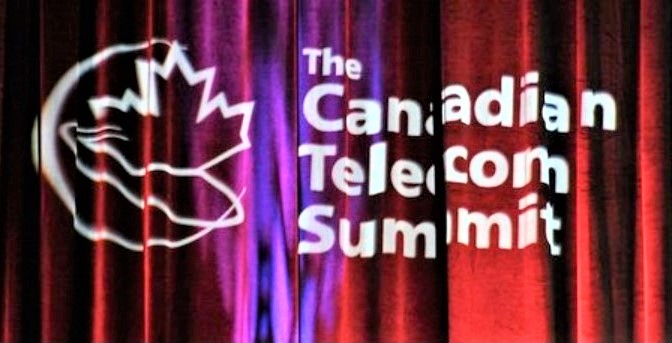
TORONTO – Powering a customer journey with big data is a new way to look at providing an excellent customer experience, said executives at the 2018 Canadian Telecom Summit on Monday.
Antoine Shiu, vice-president of business solutions with Cogeco Connexion said during a panel Monday on customer care he believes that that the journey “starts and ends” with focusing as much as possible on understanding what success looks like for individual customers.
Initially, there was a danger of “putting everyone in the same bucket and saying, ‘This is what success looks like,’ when the customer journey is made up of thousands of small successes, of micro-moments within the journey,” he explained. “We needed to look at those micro-moments to determine which of them are really important and really differentiate the customer experience.”
Shiu said it was impractical to dive into the company’s wealth of data to look for meaning unless they could focus on micro-moments for clues about “what amazing partnerships [between the company and the customer] could look like, sound like and feel like.”
The true test of good service became how transparent Cogeco’s processes were to customers, allowing them to choose from the entire gamut of products and services, not necessarily from big bundles. Management found that their preconceived notions of what certain types of customers wanted were often confounded.
Overlooked as an important part of the customer-pleasing puzzle is a company’s internal corporate culture. Understanding the customer better led Cogeco to realize “we needed to do things differently on the people side,” Shiu said. “It wasn’t enough to say we wanted to be number one.” This has resulted in a culture shift at Cogeco. “It changed who we hired, onboarded, coached and taught,” Shiu said, adding the company also altered the way they compensated people because it had a direct impact on changing behaviour.
“Ironically, what we found was that compensation worked, because the people we selected were the type of people who were obsessed about making sure the customer was satisfied,” and were compensated based on that, Shiu said. “That was the first indication that we on the right track in alignment from a cultural perspective.”
“It’s not about creating these unbelievable experiences that people talk about at dinner parties; it’s about avoiding potholes.” – Ryan Maund, Bell Canada
Ryan Maund, senior vice-president of customer operations and loyalty at Bell, said his company is dedicated to continually improving its client experience, especially since it flows directly to bottom lines. “Customer service lowers cost, which is a nice added benefit,” Maund said. While in the short term, client care changes might not pay off, “you must stick to it… You need a real commitment and a cultural belief.”
One of the questions he suggested organizations ask themselves is whether there is an officer with accountability for the customer experience so that there is someone driving it internally, ensuring jobs depend on it. If not, suggestions for improvement are likely to fall upon deaf ears.
Maund said providing consistent, satisfying, client experiences requires working with marketing and information technology partners to be sure everyone understands the goals and all are following the identical roadmap. “It’s not about creating these unbelievable experiences that people talk about at dinner parties; it’s about avoiding potholes,” he said. “It’s about consistency across channels, the culture and the talent – that is, getting people to care about it.”
Maund takes customer service calls sometimees in order to learn about what employees are experiencing and also to demonstrate that the work is important. “It sets the tone,” he said. “It shows people what I expect them to do.”
Another key is using all the data available to enhance understanding of customer service successes and failures. “The world is changing rapidly and data are powerful,” Maund said. “You can be misled by data, but if you’re not investing in it, that’s a pretty big mistake.”
He noted, however, that people often use the term, big data, without really understanding the implications and its usefulness. “Big data is an opportunity for our organization to learn quicker,” he said. “Data is a way to unlock our competitive advantage.”
Maund also touched on artificial intelligence (AI), which may provide organizations with new possibilities to improve customer service. “It’s a real radical opportunity for us,” he said. “I think we’ll all look back in eight or 10 years and not recognize ourselves.”
However, don’t jump into it blindly. “You need to simplify your processes and build the right data architecture first; you can’t just skip to AI. I actually think that a lot of people are going to fail because they skip steps, and they’ll blame AI.”



